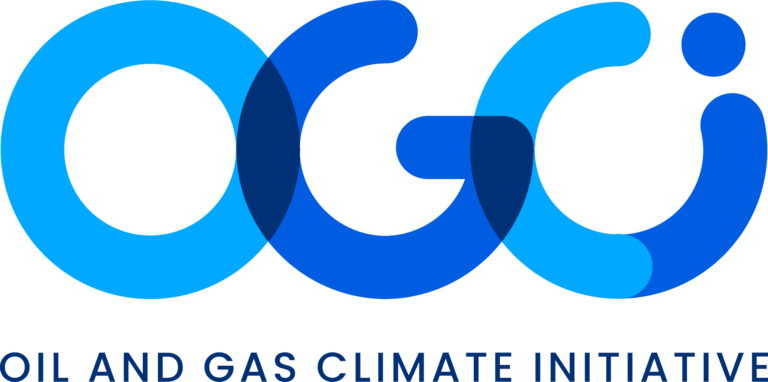Inefficient and unlit natural gas flares both emit large quantities of methane
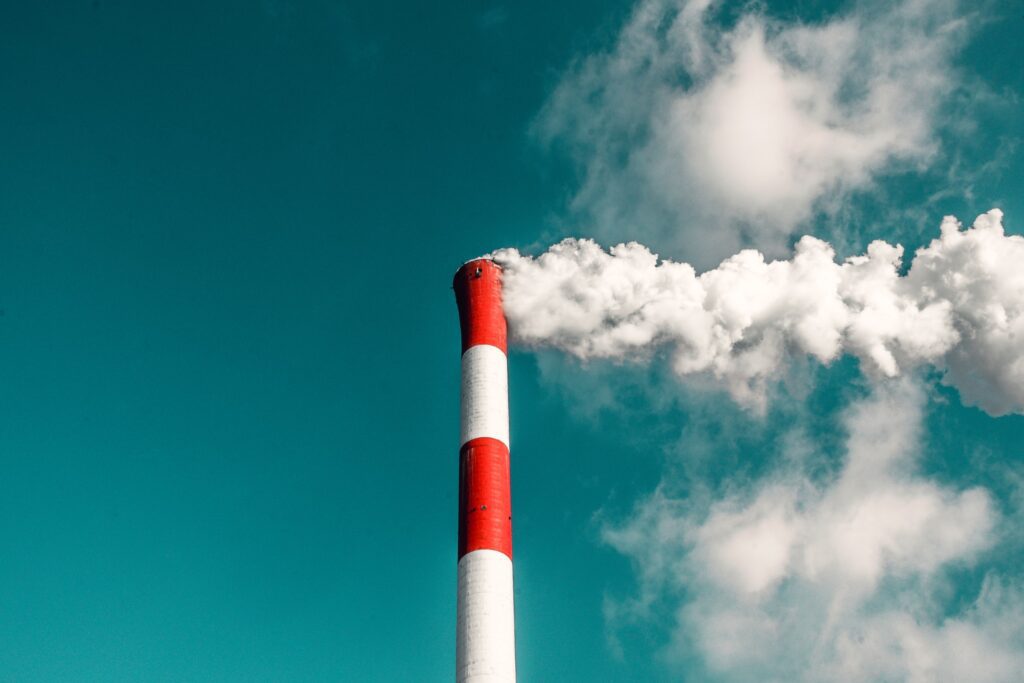
This study calculates flare efficiency by using airborne sampling across three U.S. basins that are responsible for more than 80% of the country’s flaring emissions. The findings reveal that both unlit flares and inefficient combustion contribute significantly to ineffective methane destruction. Specifically, flares are only effective in destroying 91.1% of methane, which is much lower […]
IEA: Gas flaring

The IEA’s gas flaring page reviews global flaring trends, environmental impacts, and reduction strategies. It discusses flaring’s role in greenhouse gas emissions and offers links to policy frameworks, international collaborations, and practical recommendations to reduce emissions. The IEA’s gas flaring resource can be useful for regulators and policymakers developing emissions reduction frameworks and oil and […]
Methane Flaring Toolkit

The Methane Flaring Toolkit offers practical guidance on measuring and monitoring methane emissions from gas flares in the oil and gas industry. It provides a comprehensive overview of the challenges involved in understanding, measuring, and reducing methane emissions. The toolkit includes tailored technology solutions for different flare types and locations, and enables users to download […]
Guidelines for design and operations to minimize/avoid flaring sources
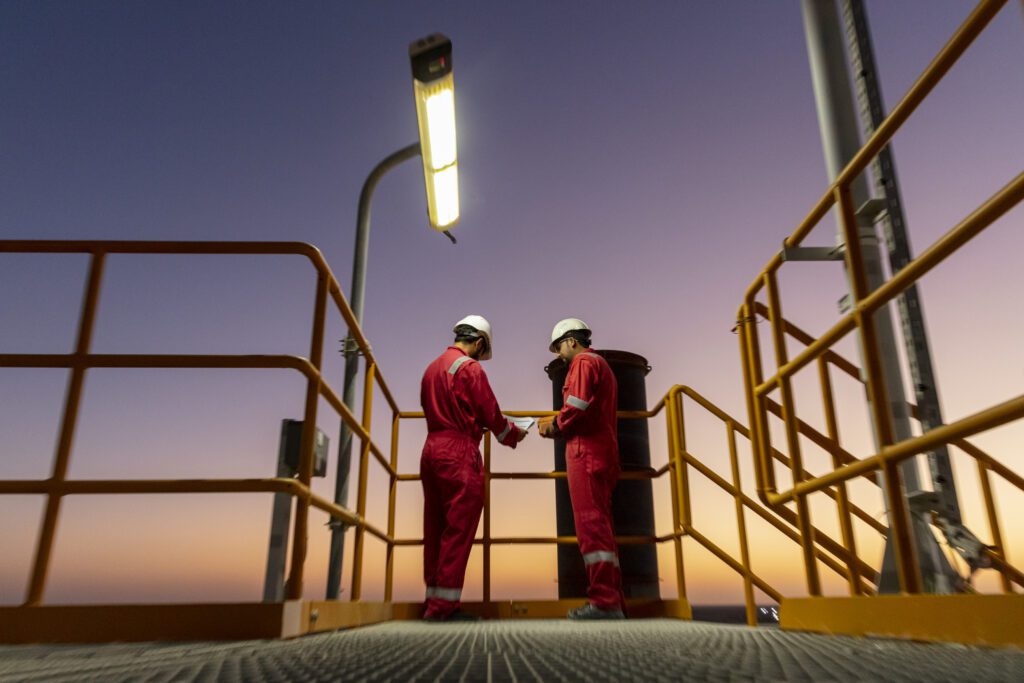
This report provides practical guidance for designing and implementing solutions to minimize or eliminate flared gas in the upstream oil and gas industry. It covers strategies for reducing flaring volumes, offering actionable insights to improve operational efficiency and environmental performance.
Guidelines for design and operation of flare gas recovery systems
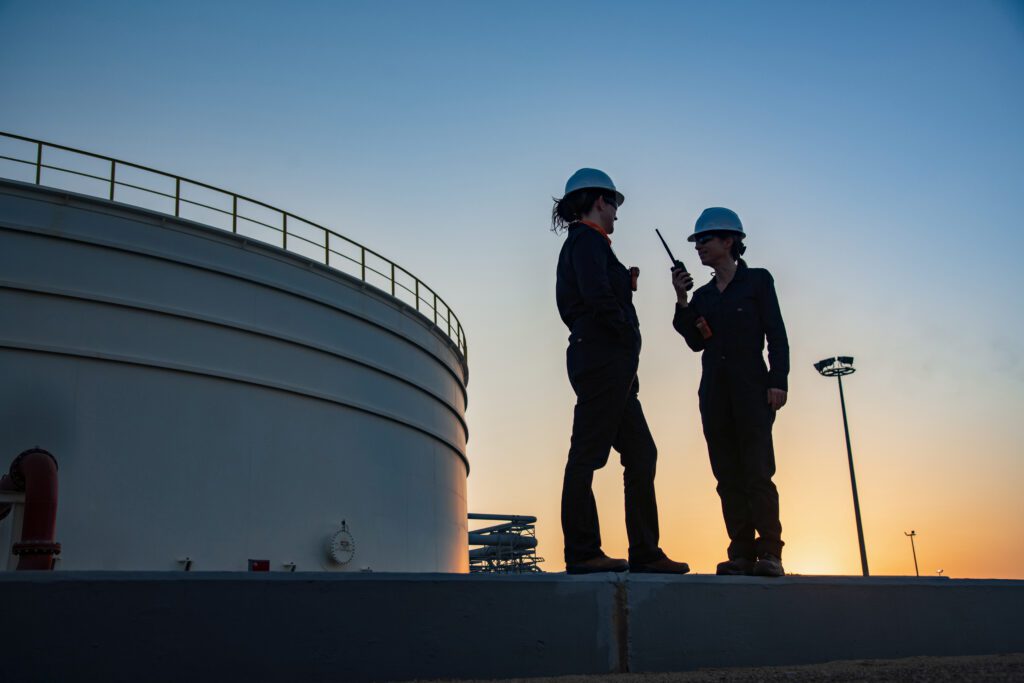
Guidelines focus on continuous flaring sources in normal operations and address measures for source recovery, flare closure, and flare ignition. This Report has been developed to assist engineering and operations staff at production, refining, and petrochemical owners and operators, and engineering staff at design consultancies and at engineering, procurement, and construction contractors.
Flaring management guidance – a summary
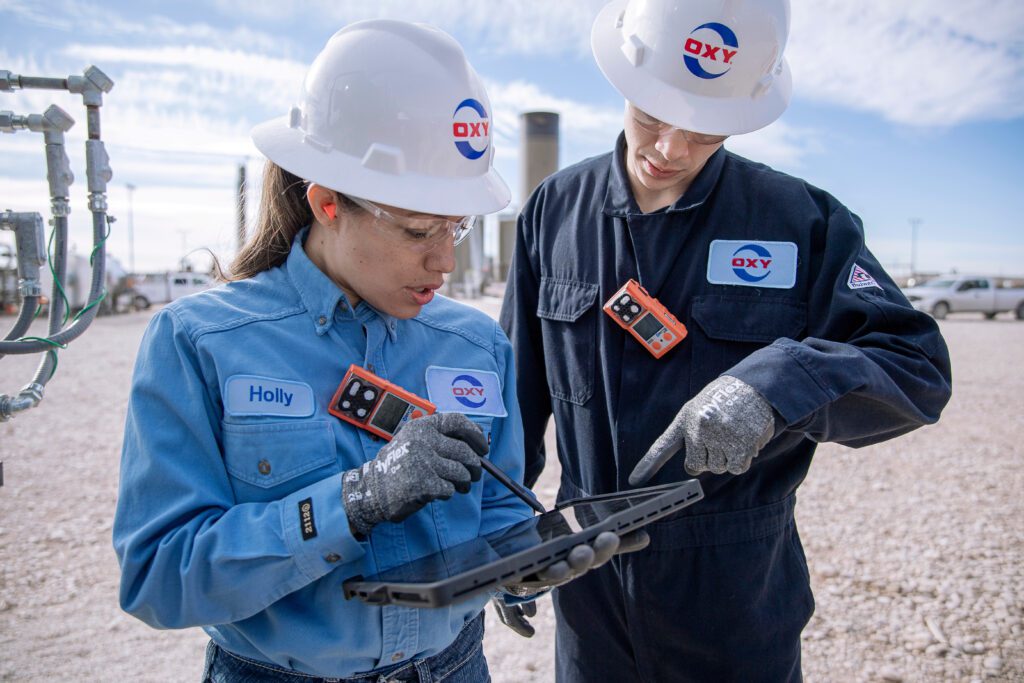
Flaring management guidance, developed by Ipieca, IOGP and GGFR in partnership, outlines new developments in flaring management and reduction, and examines industry experiences with eliminating flaring, new technologies, business models, operational improvements and regulatory policy. It also features case studies and examples of positive change.
Study of financing solutions to reduce flaring and methane emissions
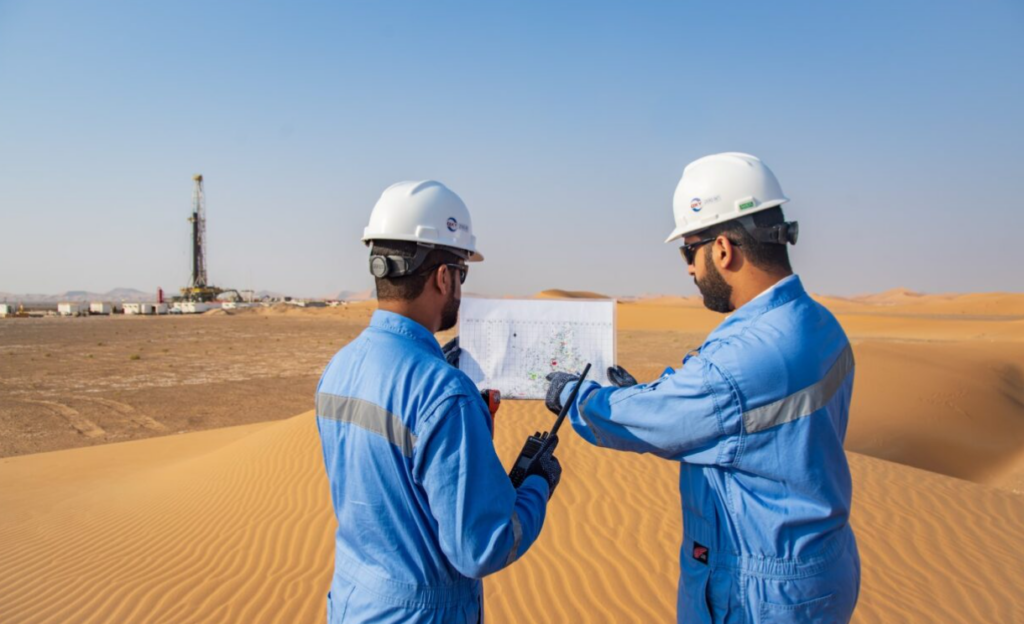
This book highlights the business case for reducing gas flaring and methane emissions (FMR), offering a framework for policymakers to evaluate FMR project feasibility and financial viability. It explores investment barriers, identifies key success factors, and presents simplified financial models. Focusing on midsized flares, which make up 58% of global flare volumes, the book addresses […]
Flaring accountability
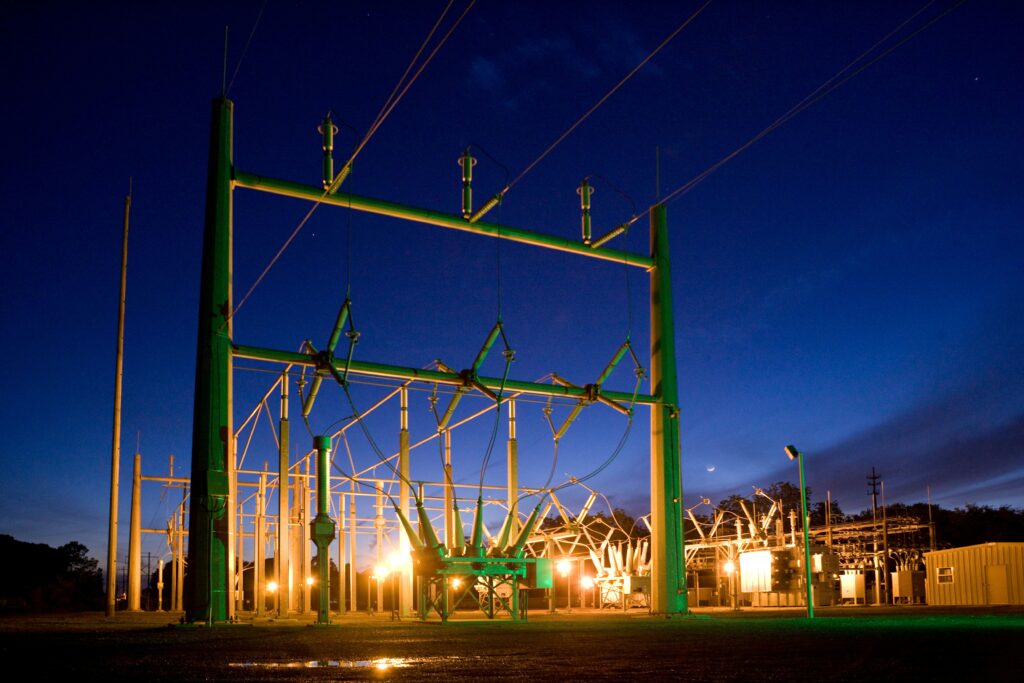
This report determines the company’s whole flaring impact around the world by attributing flaring to individual companies for both their operated and non-operated assets. The analysis shows that just 10 large international oil companies (IOCs)—BP, Chevron, ConocoPhillips, Eni, Equinor, ExxonMobil, Occidental Petroleum, Repsol, Shell, and TotalEnergies—are responsible for 7% of global flaring, based on their […]
Methane detection & quantification technologies for flares
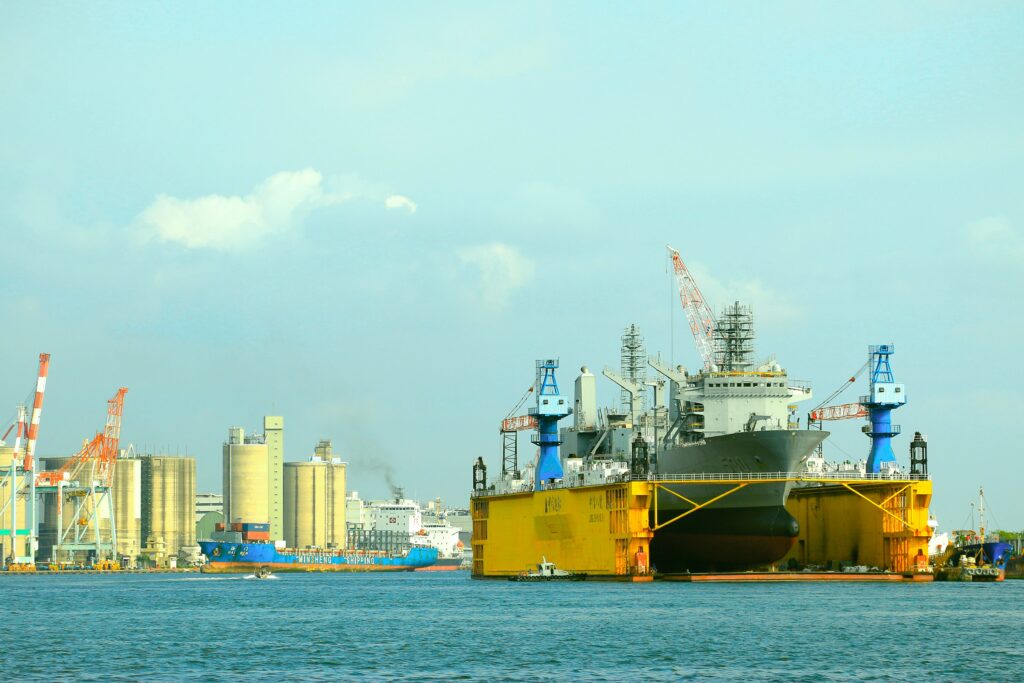
The Recommended Practices for Methane Detection and Quantification Technologies for Flares is a project conducted on behalf of the Energy Institute, and pertains to technologies for the measurement and quantification of flare combustion efficiency and destruction removal efficiency. The recommended practices provided an overview of available technologies, technology datasheets, and a technology filtering tool.
Small scale technologies for using associated gas
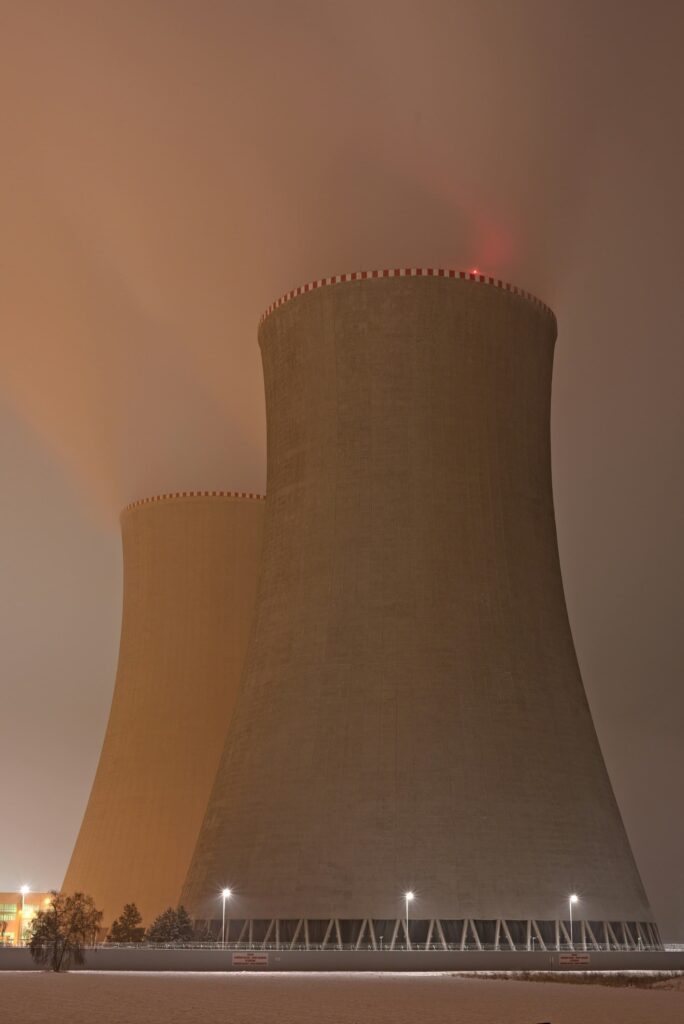
This report examines small-scale technologies designed to utilize associated gas, which is often flared or vented during oil production. It evaluates various solutions, including gas-to-power, gas-to-liquids, and compressed natural gas (CNG) systems, focusing on their technical feasibility, economic viability, and environmental benefits. The study aims to provide oil and gas operators with insights into implementing […]
